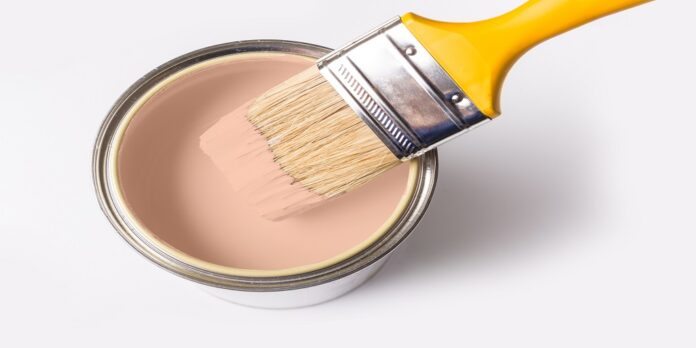
Painting the interiors and exteriors of your home or commercial buildings are two sides of the same coin in any painting job. However, as the head differs from the tail in a coin, there is a significant difference between these two types of painting jobs. Considering the different characteristics of interior and exterior painting, paint manufacturers also offer two distinctive qualities of paints for interiors and exteriors. Here are the differences you must know between interior and exterior paints.
Interior and exterior paints: The difference
Different types of paints can have different properties and are hence formulated for different types of applications. Interior paints are made to withstand scrubbing. It can resist stains and can permit cleaning. Exterior paints are made to withstand fading and mildew. Knowing these4 differences, it is important to choose the right type of paint to suit your painting job.
There can be a number of subtle differences between exterior and interior paints. However, the principal difference is the choice of resin. Resin is the component that helps the paint pigments in binding to the surface. It is important for exterior paints to survive extreme temperature changes and exposure to moisture. Exterior paints must also be resistant to chipping, peeling, and fading due to sunlight. Therefore, the manufacturers prefer softer resins for binding in exterior paints. In case of interior paints, the question of temperature is not of a big problem and hence they choose rigid binding resins that can cut down on smearing and scuffing.
How to choose interior and exterior paints rightly
Due to the presence of added resins, exterior paints can give way to outgassing which can happen for about 48 hours. However, a small amount of this continues to happen for years. Therefore, it is not advisable to use exterior paints to paint indoors. For masonry and stucco works, go for flat sheen exterior paints as it can enable the surfaces breathe through the paint in order to escape. It is necessary to allow the brick walls to breathe so that moisture transfer happens with the brick.
When compared with exterior paints, interior paints are more delicate. However, they do not outgas in the same way as the exterior paints do. Therefore, they can be safely used indoors. Nevertheless, you must ensure if there is proper ventilation while painting the indoors. Indoor surfaces may need tob e scrubbed and cleaned. Therefore, choose an interior paint with glossy finish as it can be resistant to scrubbing better than the flat surfaces that can smear.
Take away
Irrespective of the paints you choose, the results of a painting job depend greatly on the professional Fayetteville painters you choose for the job.

